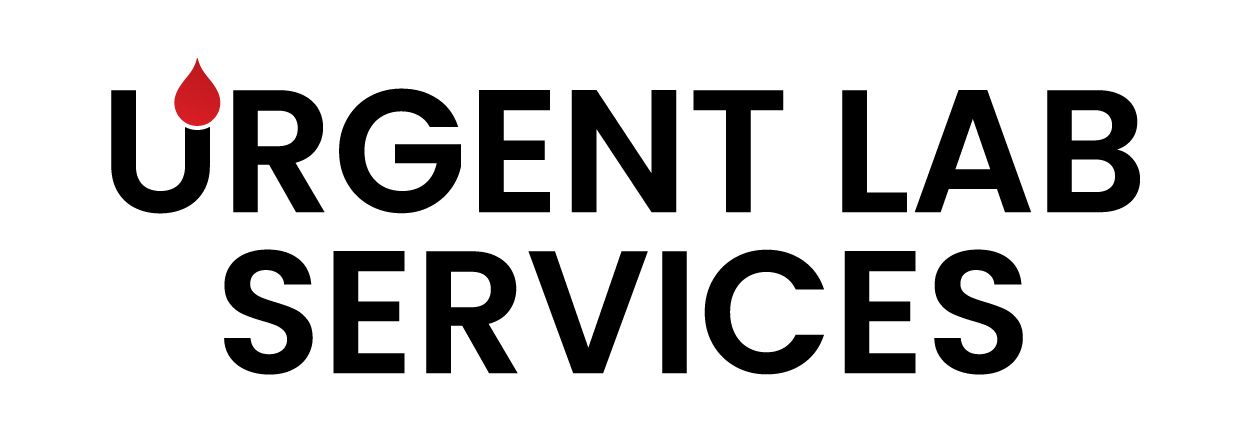DOT vs Non-DOT Drug Testing: Understanding Your Legal Requirements
NS
If you're a business owner with employees, understanding drug and alcohol testing requirements can feel overwhelming. One of the most fundamental distinctions you need to grasp is the difference between DOT and non-DOT testing. Getting this wrong could expose your business to serious legal and financial consequences.
What is DOT Drug and Alcohol Testing?
The Department of Transportation (DOT) mandates specific drug and alcohol testing requirements for employees in safety-sensitive transportation positions. This federal regulation applies to industries including:
- Commercial Motor Vehicles (CMV) - Drivers with Commercial Driver's Licenses
- Aviation - Pilots, flight attendants, aircraft maintenance personnel
- Railroad - Engineers, conductors, dispatchers
- Maritime - Merchant mariners, vessel operators
- Pipeline - Operations, maintenance, and emergency response personnel
- Transit - Bus drivers, train operators, controllers
DOT Testing Requirements:
- Pre-employment testing - Required before safety-sensitive duties begin
- Random testing - Testing rates are determined by the DOT transportation agencies
- Post-accident testing - After qualifying incidents
- Reasonable suspicion testing - When supervisors observe concerning behavior
- Return-to-duty testing - After policy violations
- Follow-up testing - Ongoing monitoring after drug and/or alcohol violation
What is Non-DOT Drug and Alcohol Testing?
Non-DOT testing refers to drug and alcohol testing programs that employers voluntarily implement or that are required by state laws, industry regulations, or company policies. These programs are not federally mandated but give employers flexibility to create workplace safety standards.
Common Non-DOT Testing Scenarios:
- General workforce - Office workers, retail employees, manufacturing staff
- State-mandated positions - Some states require testing for specific roles
- Company policy - Voluntary programs to maintain workplace safety
- Workers' compensation - Some insurers offer premium discounts
- Contract requirements - Clients may require testing for their projects
Key Differences Between DOT and Non-DOT Testing
Testing Panels
- DOT: Strict 5-panel test (Marijuana, Cocaine, Amphetamines, Opiates, PCP)
- Non-DOT: Flexible panels (5, 7, 9, 10, 12+ panel options available)
Alcohol Testing
- DOT: Uses specific evidential breath testing devices and procedures
- Non-DOT: Various methods available including breath, saliva, or urine
Medical Review Officer (MRO)
- DOT: MRO review is mandatory for all non-negative(positive) results
- Non-DOT: MRO review is optional but recommended
Chain of Custody
- DOT: Strict federal chain of custody requirements
- Non-DOT: Standard chain of custody procedures
Consequences
- DOT: Federal violations can result in immediate removal from safety-sensitive duties
- Non-DOT: Consequences determined by company policy
Determining Your Requirements
You MUST follow DOT regulations if:
- Your employees operate commercial vehicles requiring a CDL
- You're in aviation, railroad, maritime, pipeline, or transit industries
- Your employees perform safety-sensitive functions as defined by DOT
You may choose non-DOT testing if:
- Your employees don't fall under DOT regulations
- You want to implement workplace drug testing for safety or policy reasons
- State laws require testing for certain positions
- Your insurance or contracts incentivize testing programs
Common Compliance Mistakes to Avoid
Mixing DOT and Non-DOT Requirements: Don't apply non-DOT procedures to DOT-covered employees. The regulations are strict and non-negotiable.
Assuming All Drivers Need DOT Testing: Only drivers with CDLs performing safety-sensitive functions require DOT testing.
Inconsistent Policy Application: Ensure your testing policies are consistently applied and clearly documented.
Inadequate Supervisor Training: Supervisors must understand when and how to conduct reasonable suspicion testing.
Getting Started
The first step is conducting a thorough analysis of your workforce to determine which employees may fall under DOT regulations. This assessment should consider:
- Job functions and responsibilities
- Vehicle types and weight classifications
- Industry-specific safety requirements
- State and local regulations
Once you've identified your requirements, partnering with a qualified testing provider, such as us, ensures compliance with all applicable regulations while protecting your business from liability.
Need Help Determining Your Requirements?
Understanding DOT vs non-DOT testing requirements is crucial for legal compliance and workplace safety. If you're unsure about your obligations or need help implementing a compliant testing program, reach out to us at Urgent Lab Services. Our experienced professionals can assess your specific situation and guide you through the process.
Remember: Non-compliance with DOT regulations can result in significant fines, legal liability, and operational disruptions. When in doubt, it's always better to seek expert guidance than risk costly mistakes.
This educational content is for informational purposes only and does not constitute legal advice.
